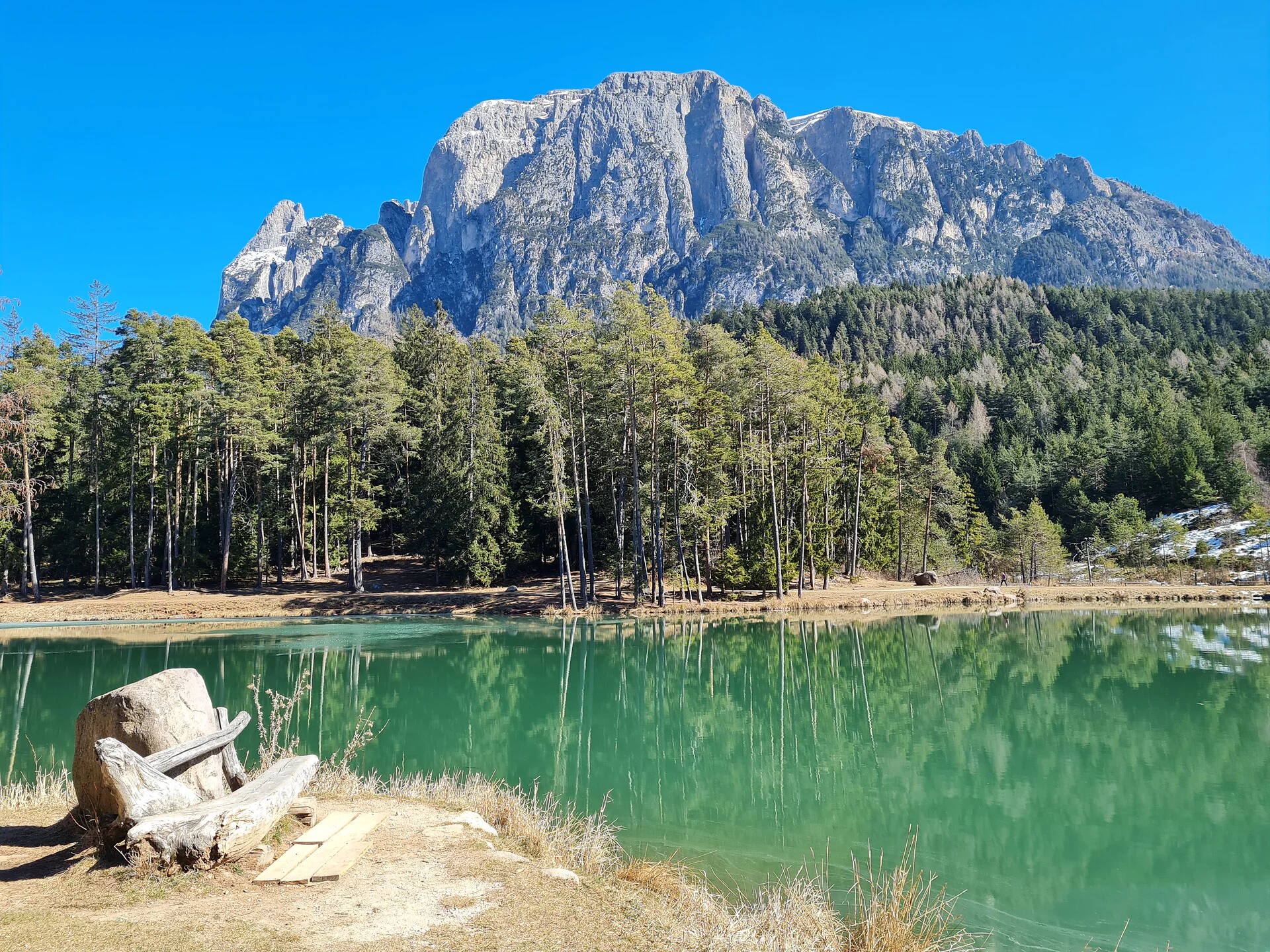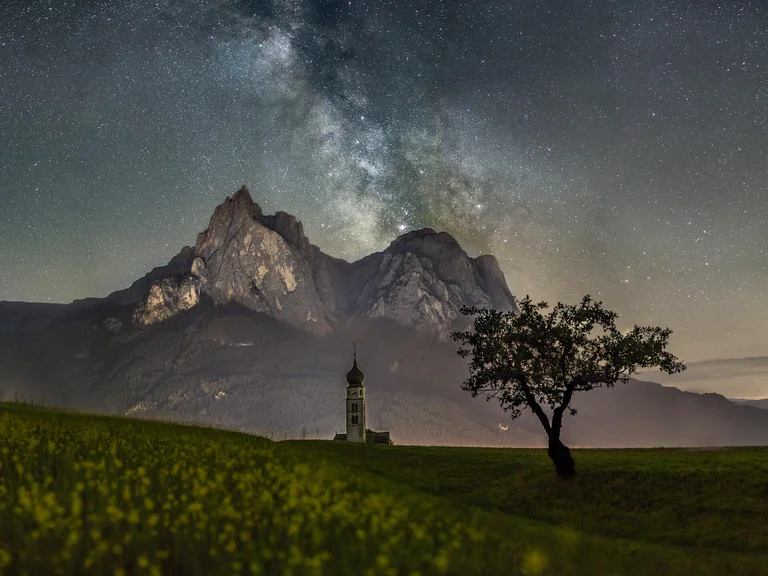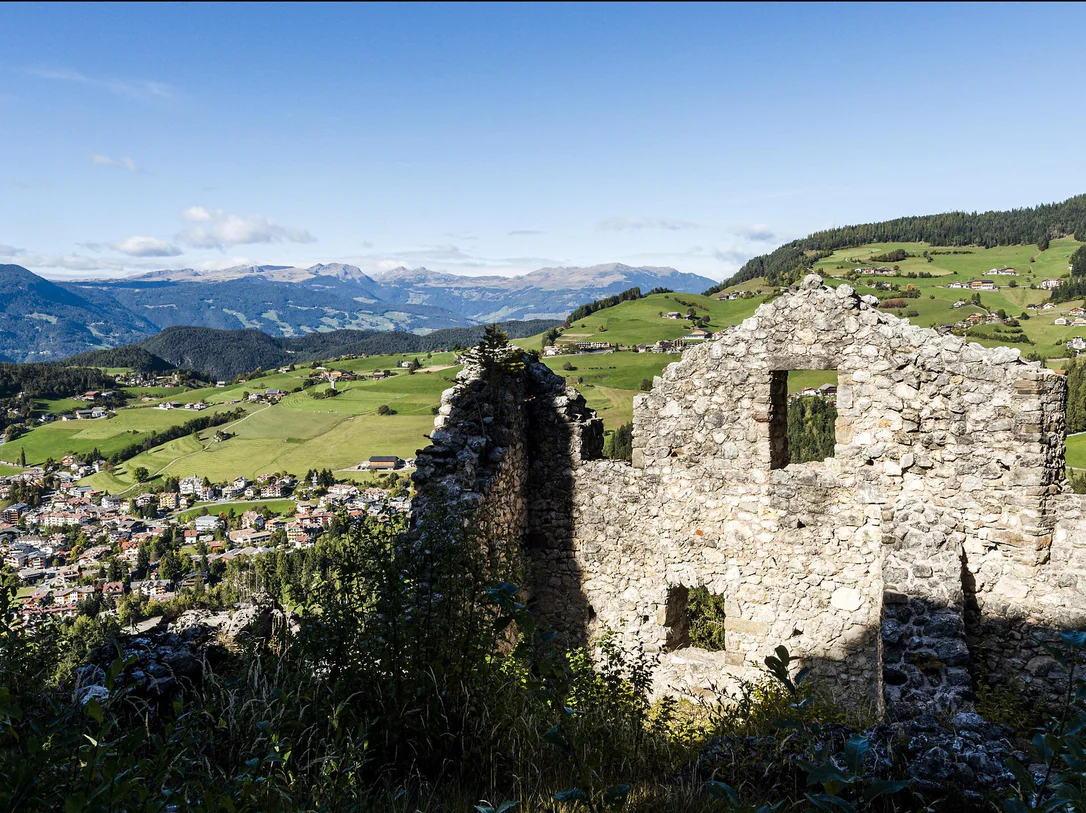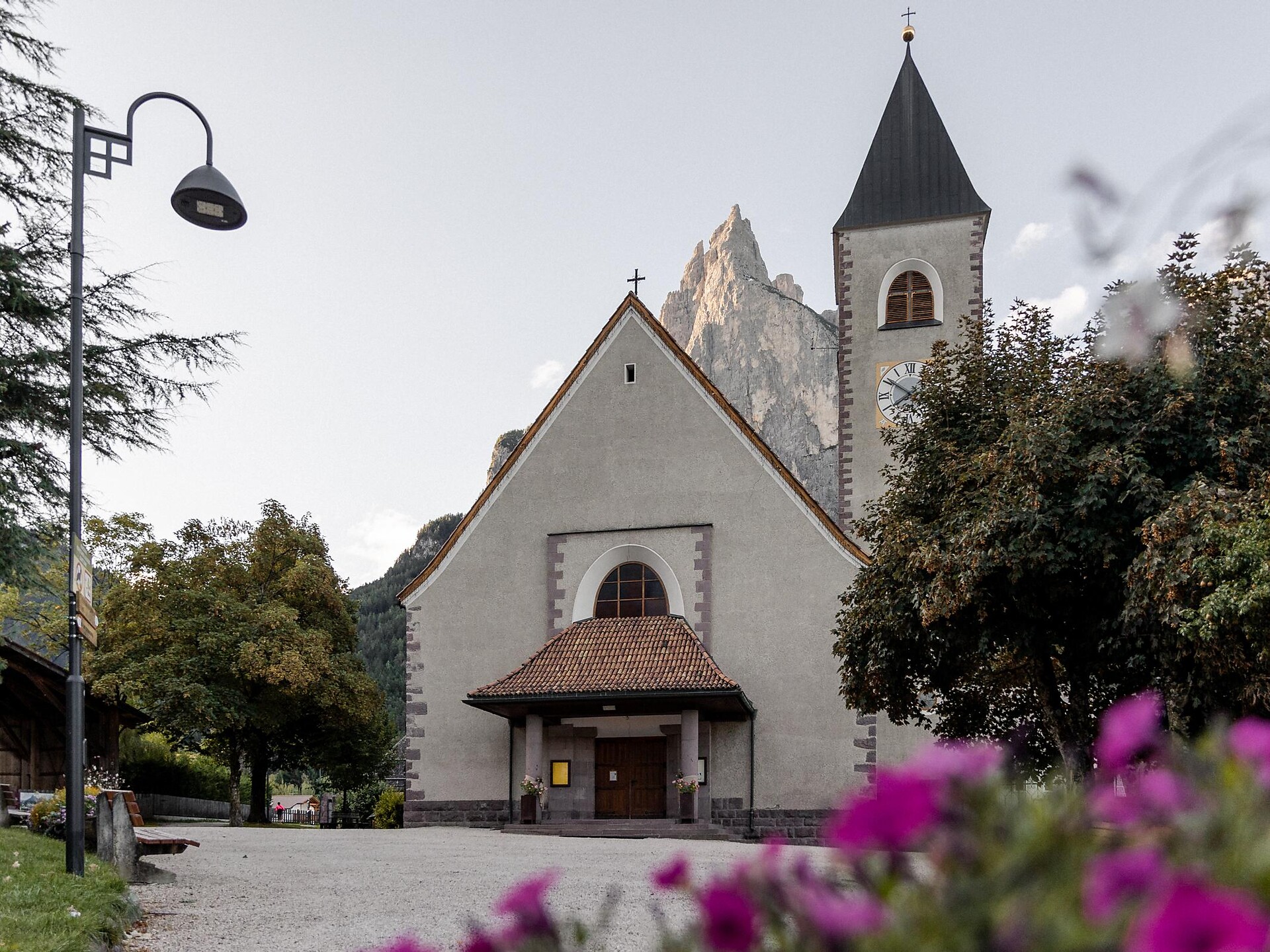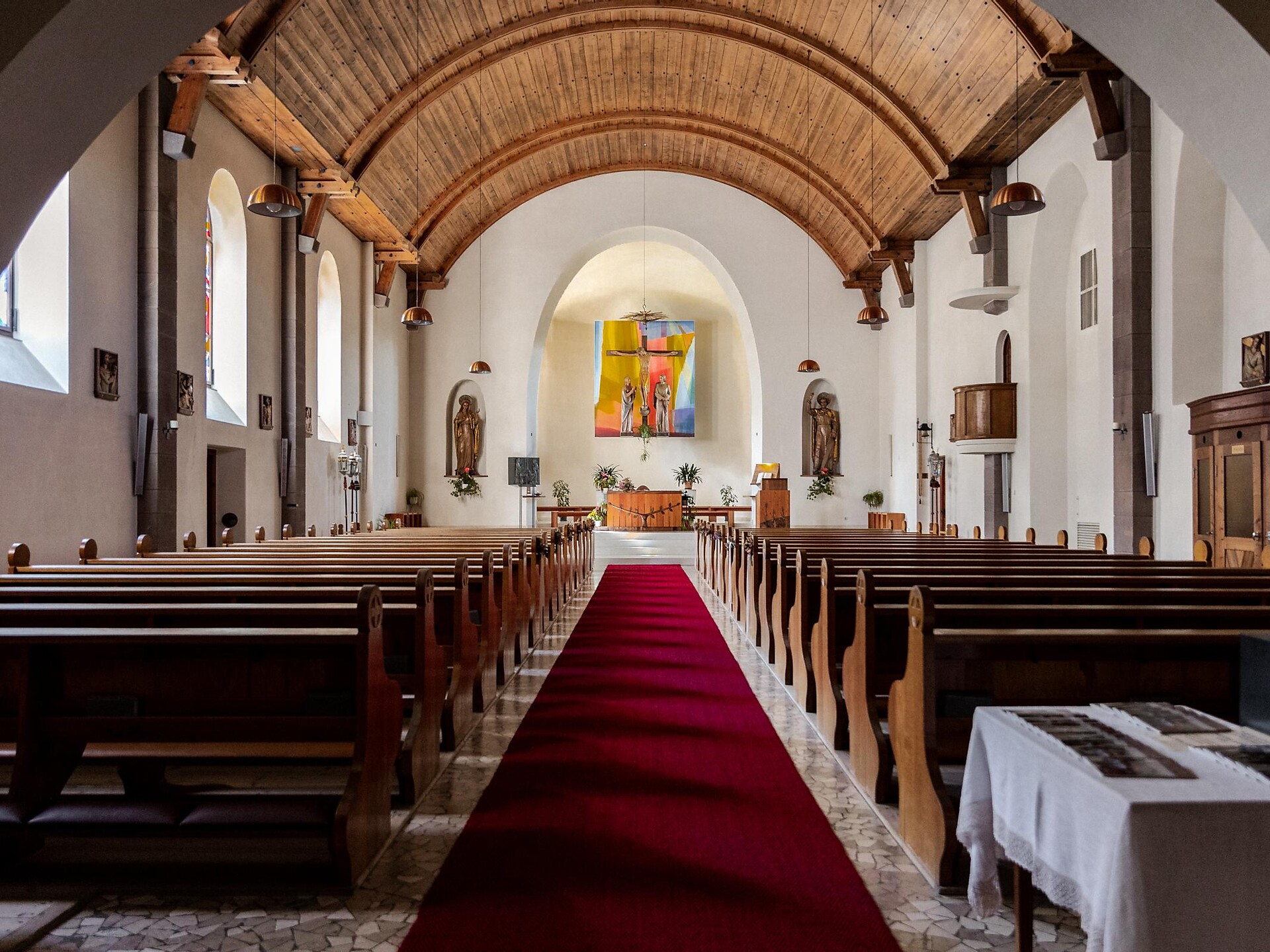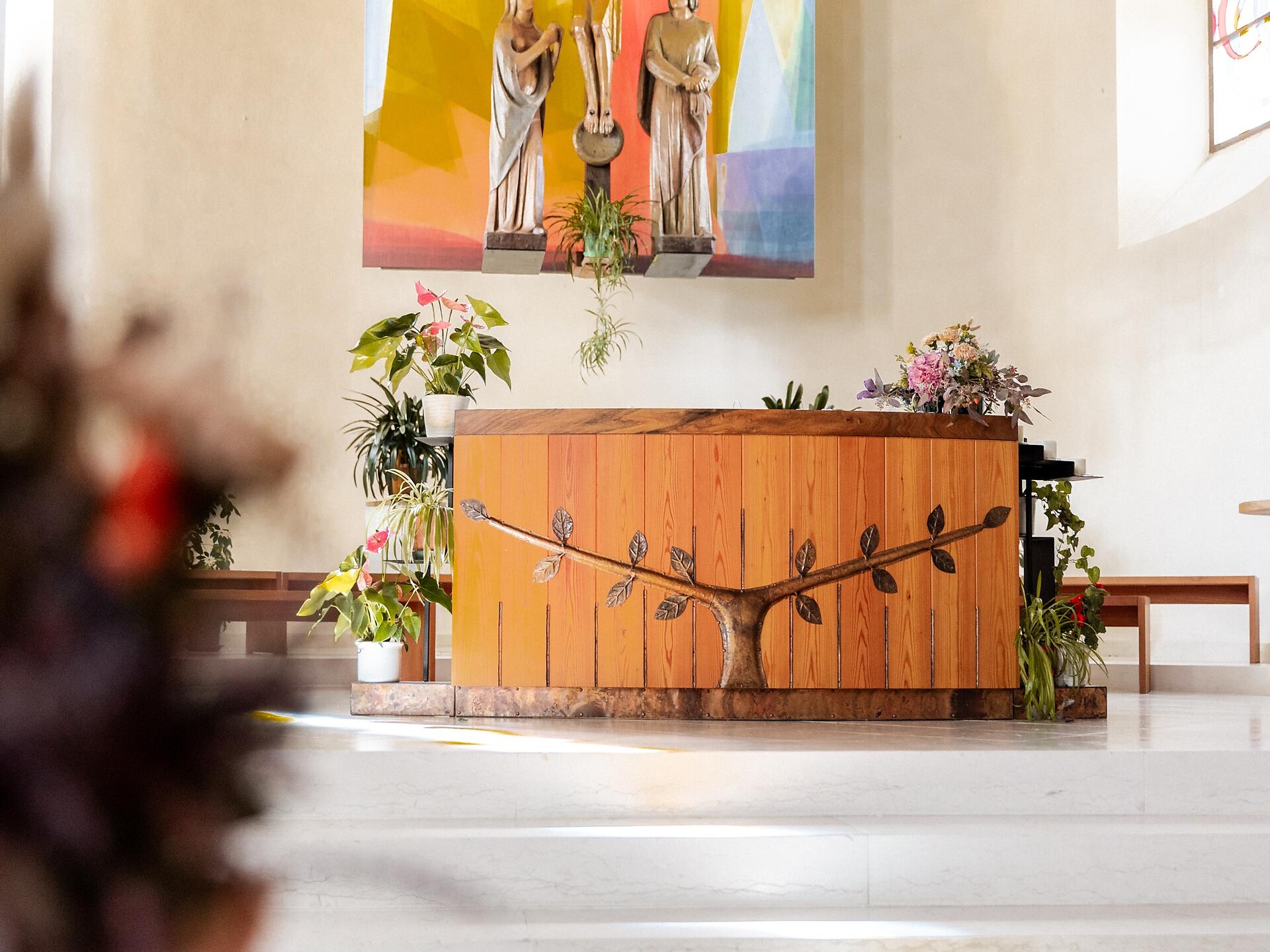It leads through a varied, impressive nature and past an ancient and unique cultural landscape. In parts, it runs through the Schlern-Rosengarten Nature Park, a UNESCO World Heritage Site. The demanding hike can also be done in sections or in the opposite direction. Various connecting paths are available for entry and exit. The trail leads past farms, villages and through private properties. Some of the 7 nature ponds are privately owned. For the return there are excellent bus connections.
Duration: about 4 hours - 13.2 km.
The 7 ponds trail is not suitable for baby carriages.


